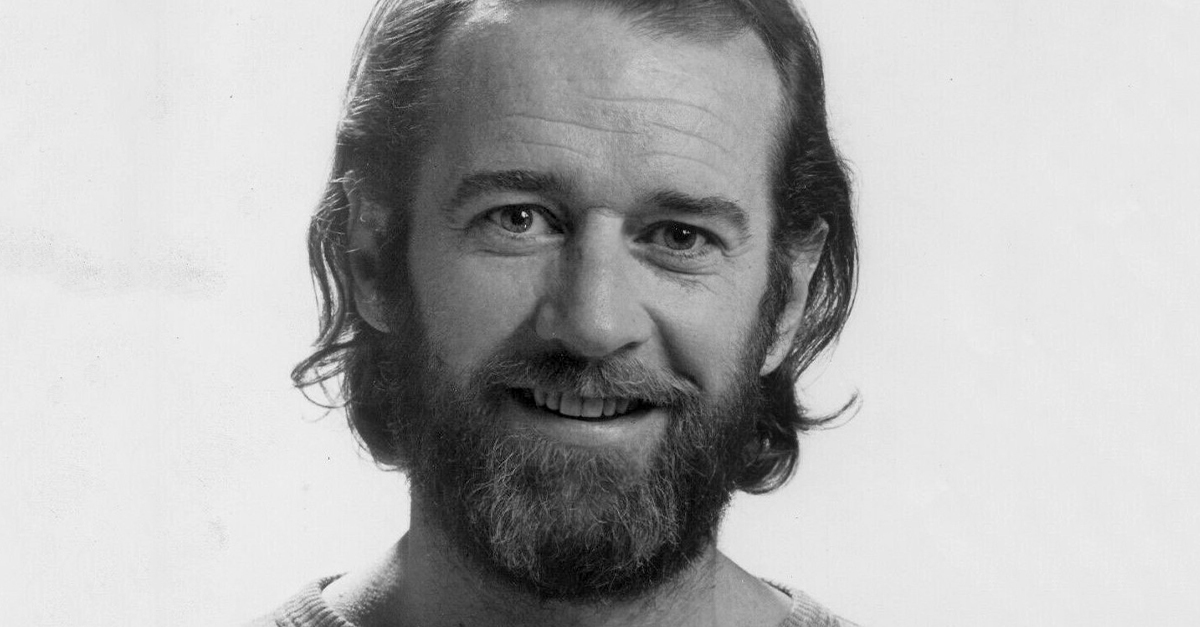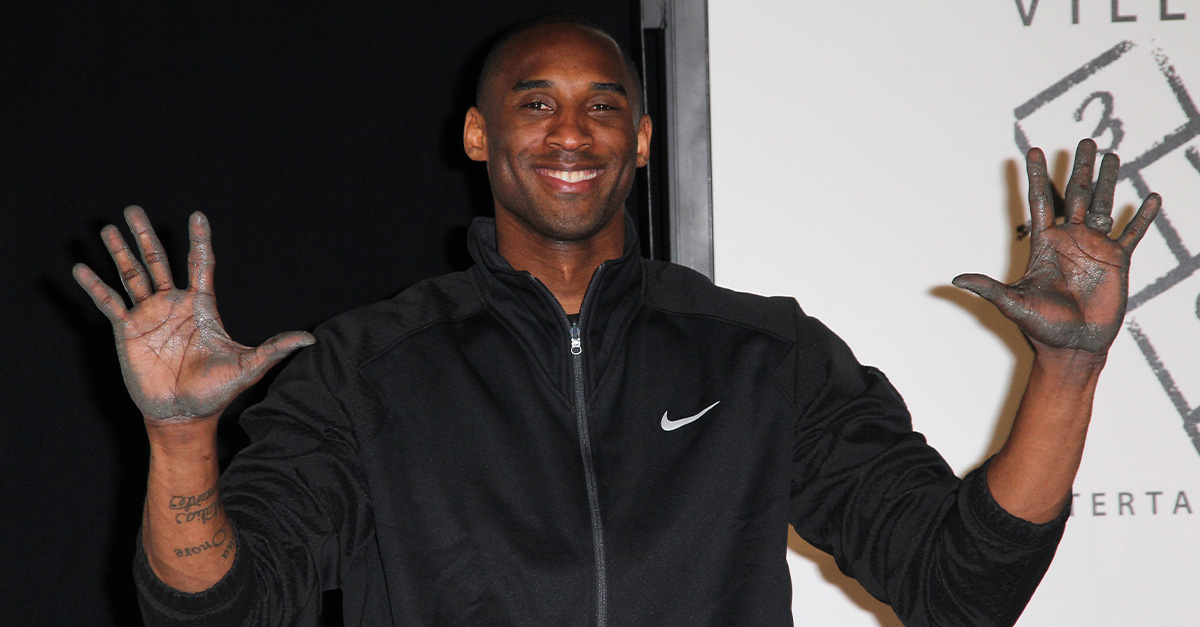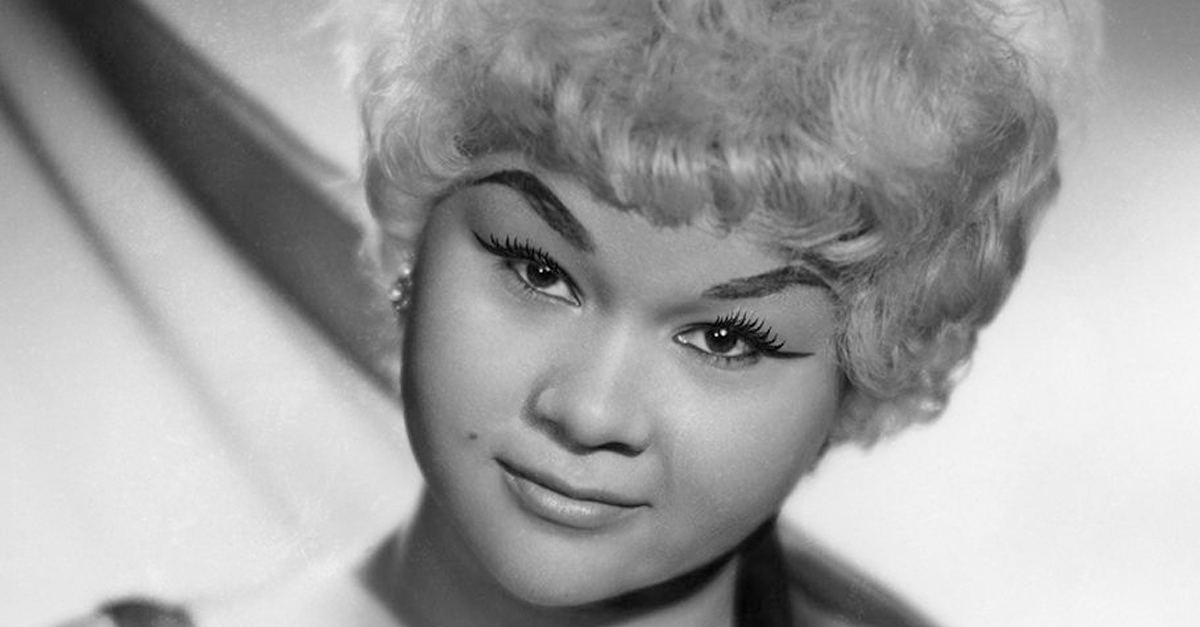The Stubborn Heart of Rock and Roll
Born in Gainesville, Florida, in 1950, Tom Petty grew up in a turbulent home. His father was often harsh, which left Tom with a deep well of anger as a child. That fire later fueled both his songwriting and his relentless drive to stand up for himself.

Finding Salvation in Rock and Roll
When Tom saw Elvis Presley on a film set in 1961, he was hooked. Music became his refuge, the one place he could channel feelings he couldn’t express otherwise. He later said rock and roll “rescued” him, giving his anger a home in art.
 Metro-Goldwyn-Mayer, Inc., Wikimedia Commons
Metro-Goldwyn-Mayer, Inc., Wikimedia Commons
The Birth of the Heartbreakers
By the mid-1970s, Tom Petty and the Heartbreakers had formed, and Tom became known for his uncompromising standards. The band’s early days were tough, but Tom insisted they stick to their sound, refusing to bend just to fit industry trends.
 Richard E. Aaron, Getty Images
Richard E. Aaron, Getty Images
Refusing to Be Owned
In 1979, Petty filed for bankruptcy rather than let his record label take ownership of his songs during a contract dispute. It was a gutsy move, but for Tom, control over his music was worth more than money. Eventually, he won his masters back.
 Ирина Лепнёва, CC BY-SA 3.0, Wikimedia Commons
Ирина Лепнёва, CC BY-SA 3.0, Wikimedia Commons
Fighting for Fair Prices
When MCA Records tried to raise the price of his 1981 album Hard Promises from $8.98 to $9.98, Tom rebelled. He threatened to title the album “$8.98” until the label caved. For fans, it proved he wasn’t afraid to fight for fairness.
Turning Pain Into Songs
Tom’s songwriting was always personal. Songs like Refugee and I Won’t Back Down carried raw emotion and defiance. He once said, “Songs are kind of the only real diary I ever kept.” His music turned private struggles into universal anthems.
Wrestling With Anger
Tom admitted to having anger issues as a child, often clashing with his father. Later in life, therapy helped him manage that anger. Still, flashes of it appeared when he felt betrayed or stifled creatively, which sometimes made him difficult but always authentic.
 Richard E. Aaron, Getty Images
Richard E. Aaron, Getty Images
Standing His Ground With Producers
Producers who worked with Tom, including Jimmy Iovine, said he could be stubborn in the studio. He’d reject takes others thought were fine, pushing until he felt it was right. His persistence sometimes slowed sessions but made the songs timeless.
Collaboration With Stevie Nicks
Tom’s friendship with Stevie Nicks showed his softer but equally stubborn side. When she begged to join the Heartbreakers, he flatly told her no, but he eventually gave her Stop Draggin’ My Heart Around to record with him. It became one of her biggest hits.
 Stevie Nicks - Stop Draggin' My Heart Around (Official Video) [HD Remaster], Stevie Nicks
Stevie Nicks - Stop Draggin' My Heart Around (Official Video) [HD Remaster], Stevie Nicks
Tensions in the Heartbreakers
Tom’s stubborn streak sometimes strained his relationships with bandmates. Drummer Stan Lynch often clashed with him over musical direction. Though it caused tension, it also pushed the band toward greatness, forcing them to dig deeper creatively.
The Wilburys Compromise
As part of the Traveling Wilburys with Bob Dylan, George Harrison, Roy Orbison, and Jeff Lynne, Tom learned to compromise more. Still, he often stood his ground in the group, especially when it came to songwriting, showing he wasn’t one to fade into the background.
 Chris Hakkens, CC BY-SA 2.0, Wikimedia Commons
Chris Hakkens, CC BY-SA 2.0, Wikimedia Commons
Therapy and Healing
Later in life, Tom sought therapy to deal with childhood trauma and anger. He was open about how much it helped him. Friends noticed he became calmer, though his determination and strong will in the studio never faded.
 Richard E. Aaron, Getty Images
Richard E. Aaron, Getty Images
Defending Artistic Freedom
Tom despised when labels or executives tried to dictate creative direction. He once said, “The music business will chew you up and spit you out if you let it.” His defiance became a model for younger artists trying to protect their voices.
A Natural Storyteller
Even when telling stories through music videos, Tom fought for creative control. The fantastical video for Don’t Come Around Here No More was a battle with executives who thought it was too weird. Tom stuck with it, and it became iconic.
Writing With Obsession
Friends and collaborators described Tom as obsessive about lyrics. He would cross out entire verses, rewrite choruses dozens of times, and stay up all night polishing lines. His persistence made songs like Free Fallin’ feel effortless, even though they took grueling work.
 Tom Petty - Free Fallin', Tom Petty & The Heartbreakers
Tom Petty - Free Fallin', Tom Petty & The Heartbreakers
Confronting Addiction
In the 1990s, Tom struggled with heroin use. Even then, he refused to let the addiction define him. Through treatment and therapy, he pulled himself back, admitting later that part of his recovery came from facing the anger that haunted him since childhood.
 Takahiro Kyono, CC BY 2.0, Wikimedia Commons
Takahiro Kyono, CC BY 2.0, Wikimedia Commons
A Stubborn Friend
Despite his fiery nature, Tom was fiercely loyal. Stevie Nicks said, “He was stubborn as hell, but if you were his friend, he was stubborn for you too.” That loyalty made him beloved by those closest to him, even in hard times.
Sticking to His Roots
Even after massive success, Tom insisted on keeping his sound rooted in classic rock. He refused to follow pop trends of the ’80s and ’90s, saying he’d rather be authentic and overlooked than compromise just to chase radio play.
 Davidwbaker, CC BY-SA 4.0, Wikimedia Commons
Davidwbaker, CC BY-SA 4.0, Wikimedia Commons
Relentless on the Road
On tour, Tom demanded perfection from himself and his band. He was known to rehearse endlessly, adjusting setlists until every detail felt right. Though it sometimes wore out his bandmates, fans got unforgettable shows filled with energy and precision.
 Takahiro Kyono, CC BY 2.0, Wikimedia Commons
Takahiro Kyono, CC BY 2.0, Wikimedia Commons
Breaking His Hand for Perfection
The most infamous example of Tom’s stubborn drive came in 1985 while recording Southern Accents. Frustrated that he couldn’t nail a vocal, he punched a studio wall so hard he broke his left hand. It took months to recover, but for Tom, chasing perfection was worth the pain.
You May Also Like:















